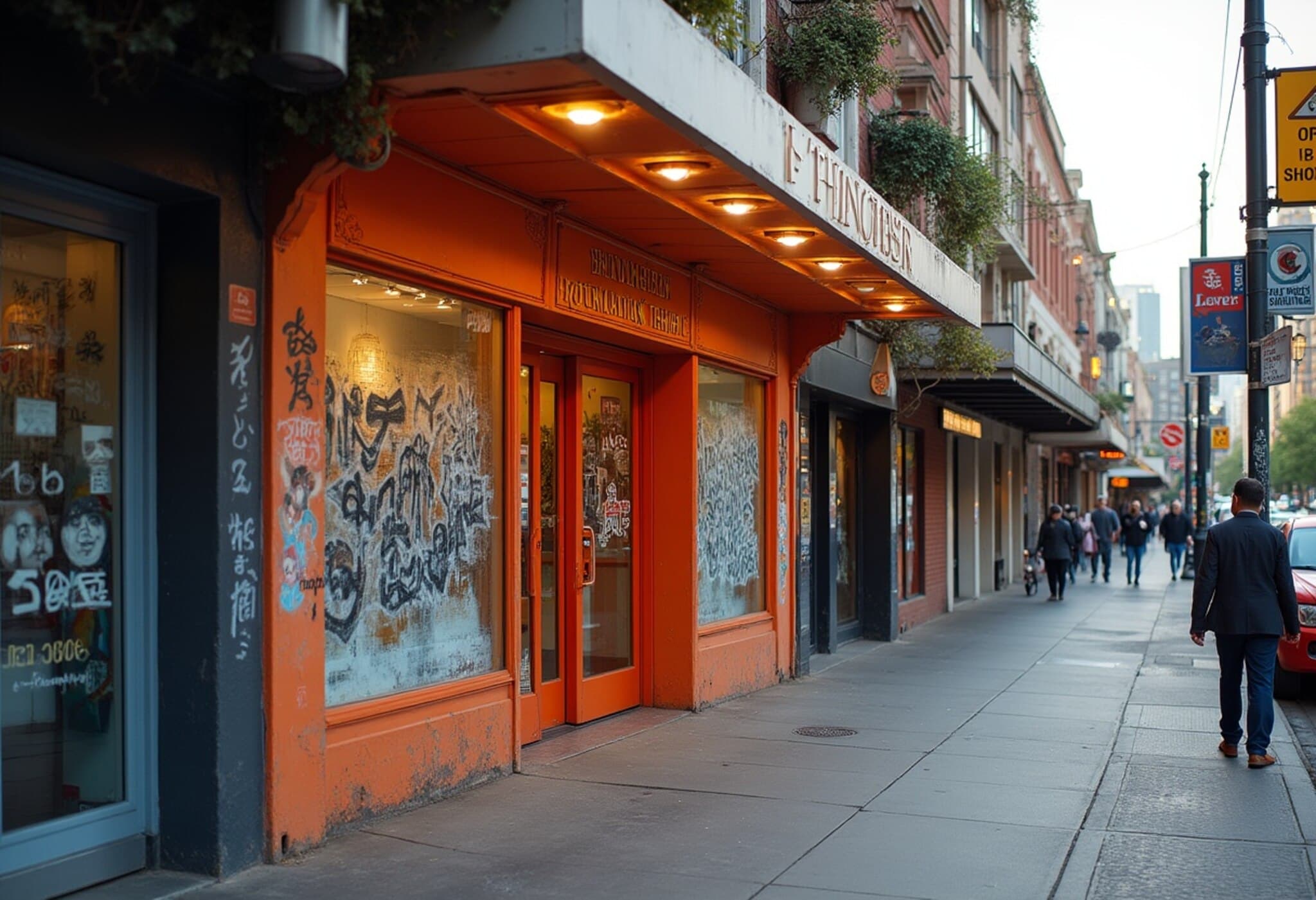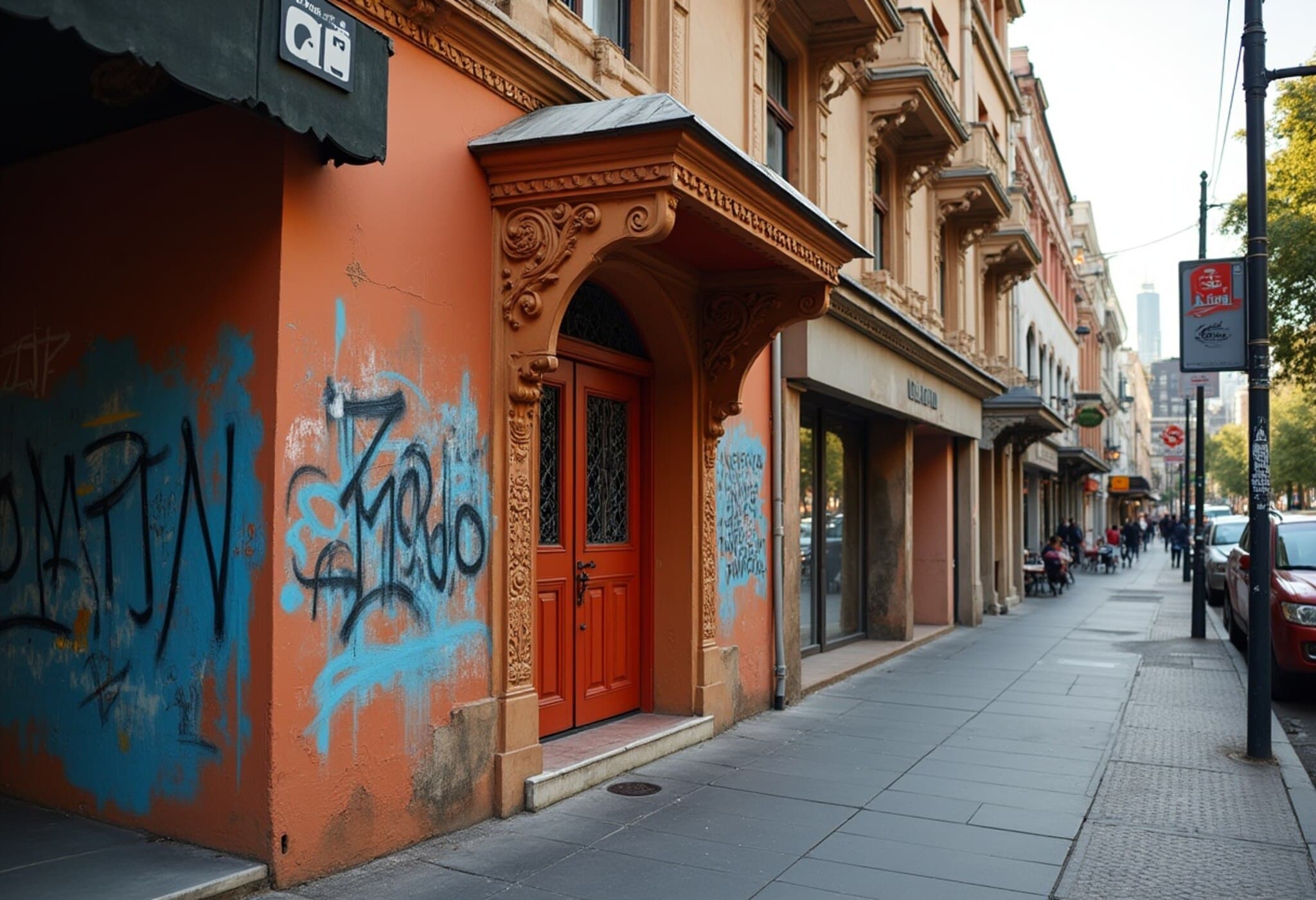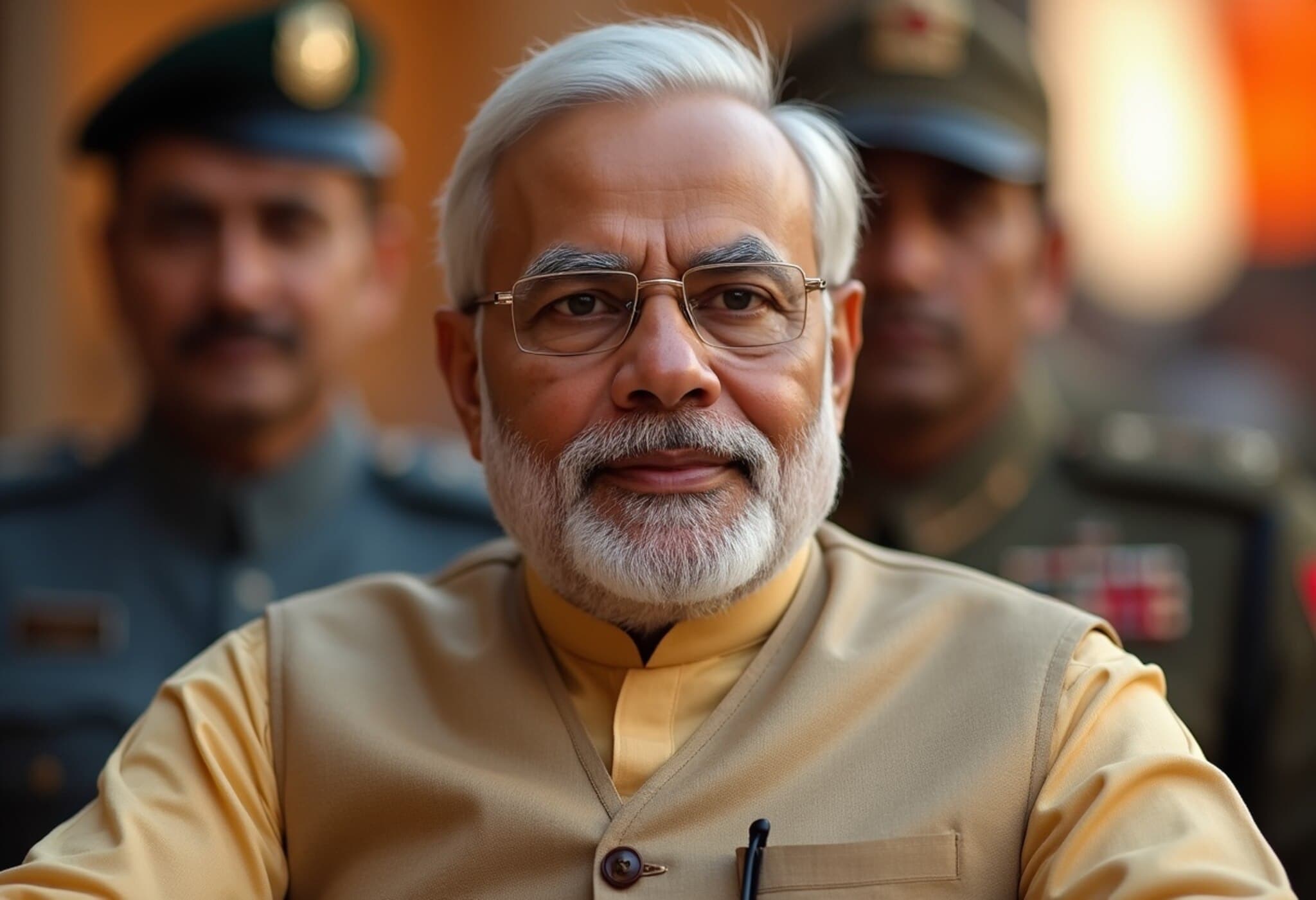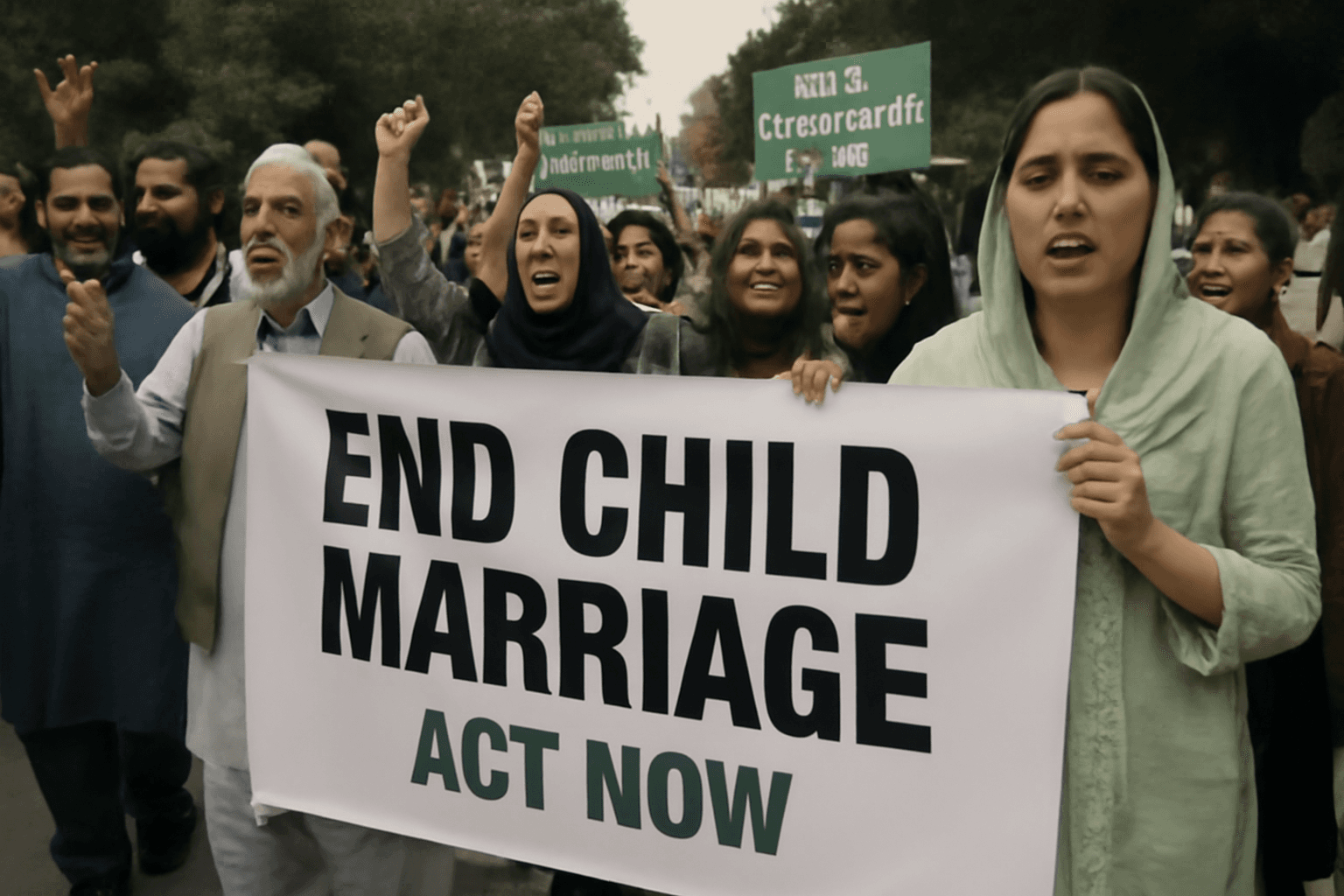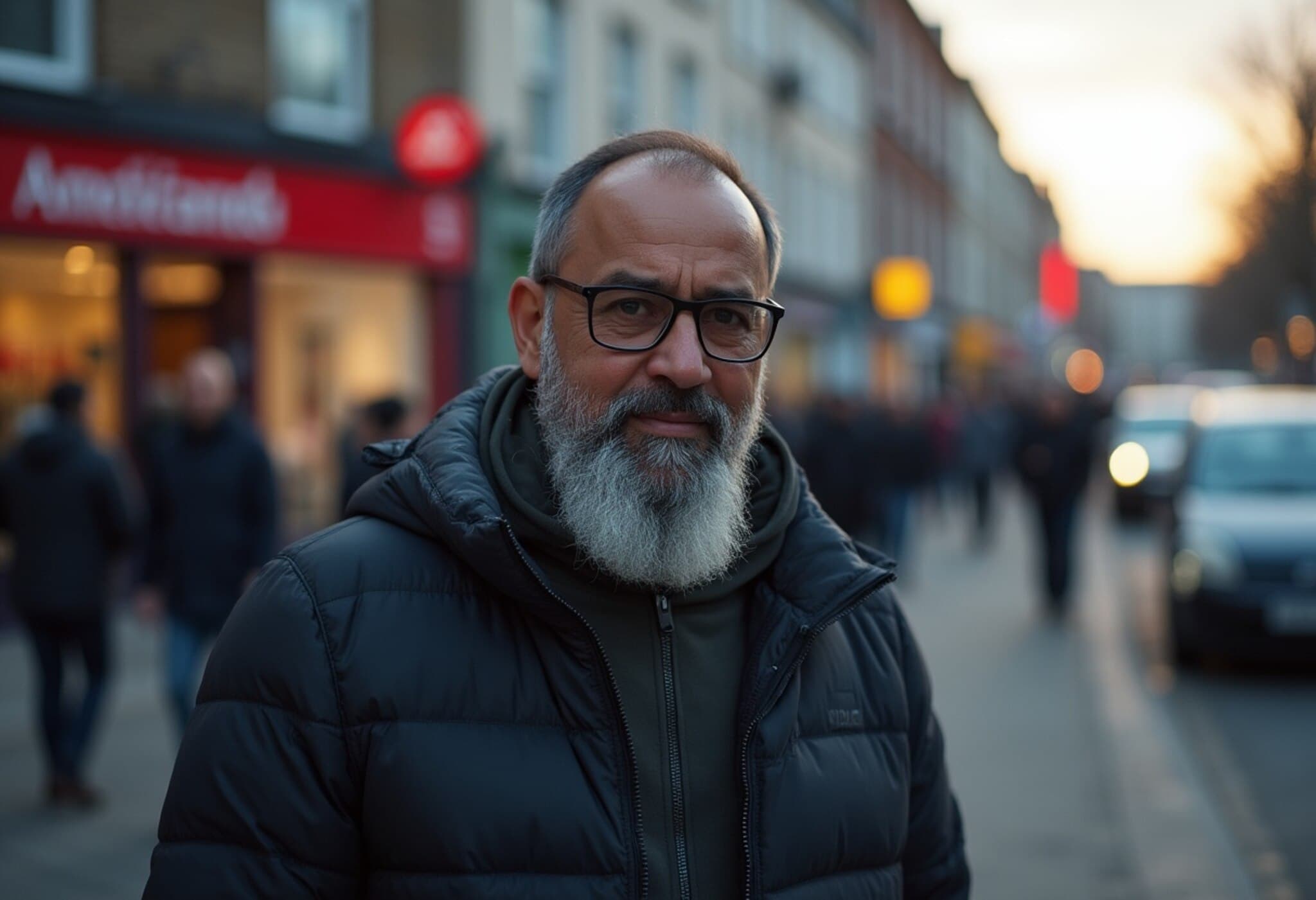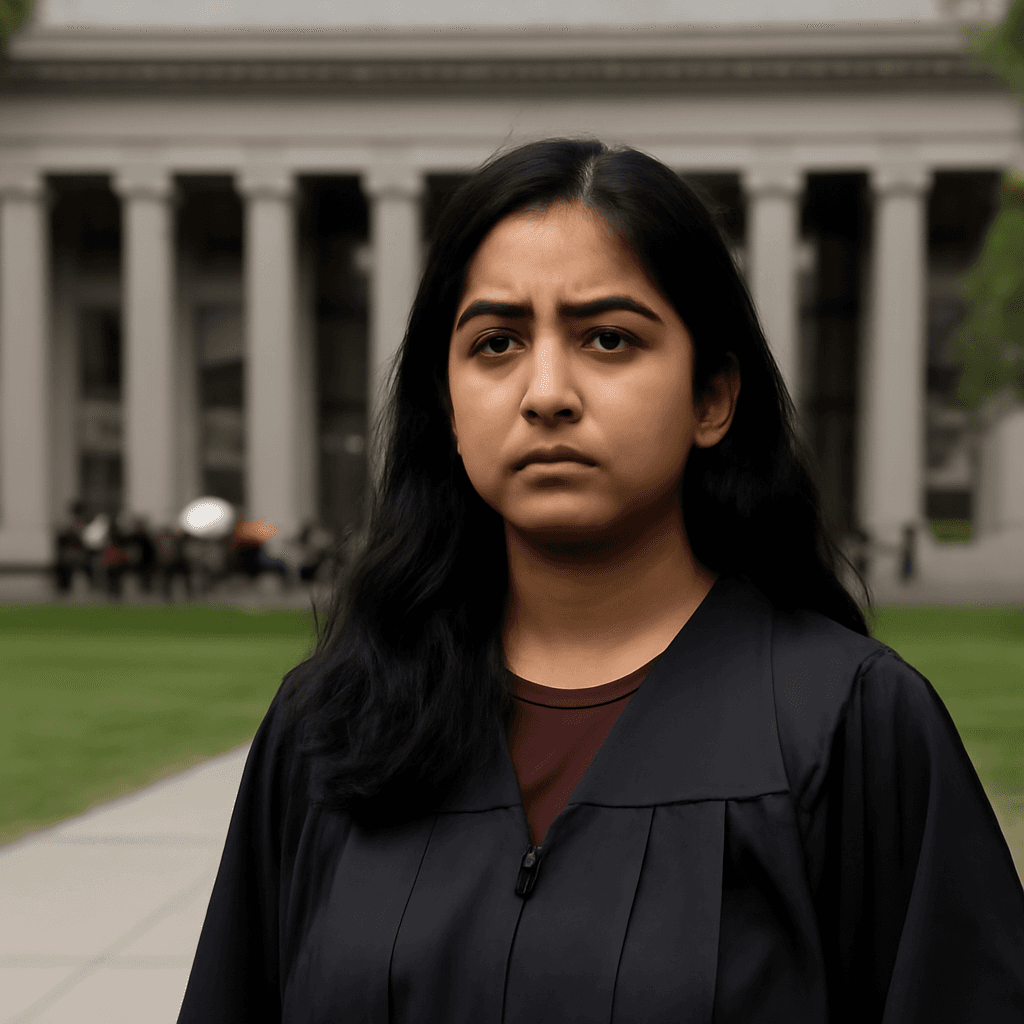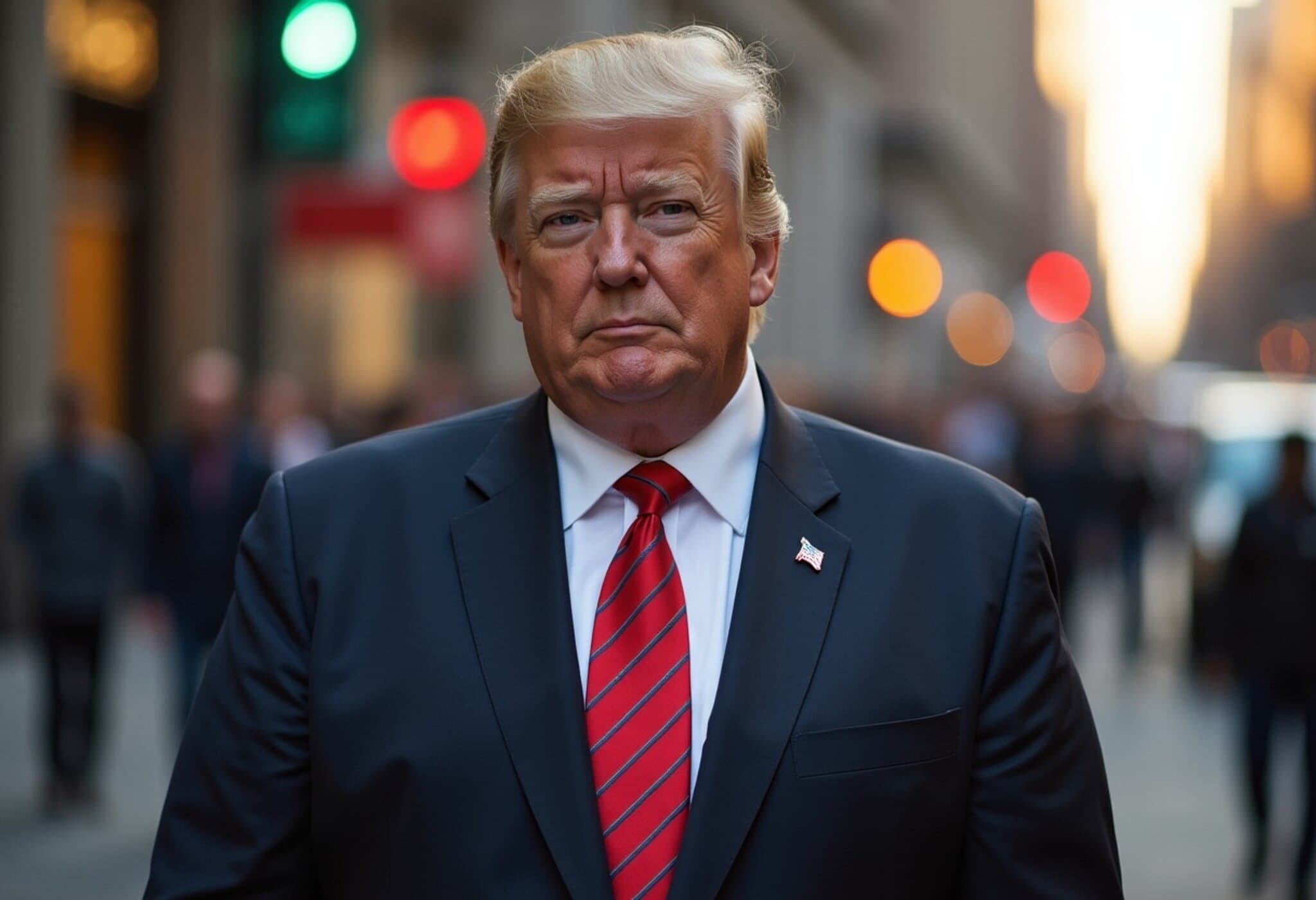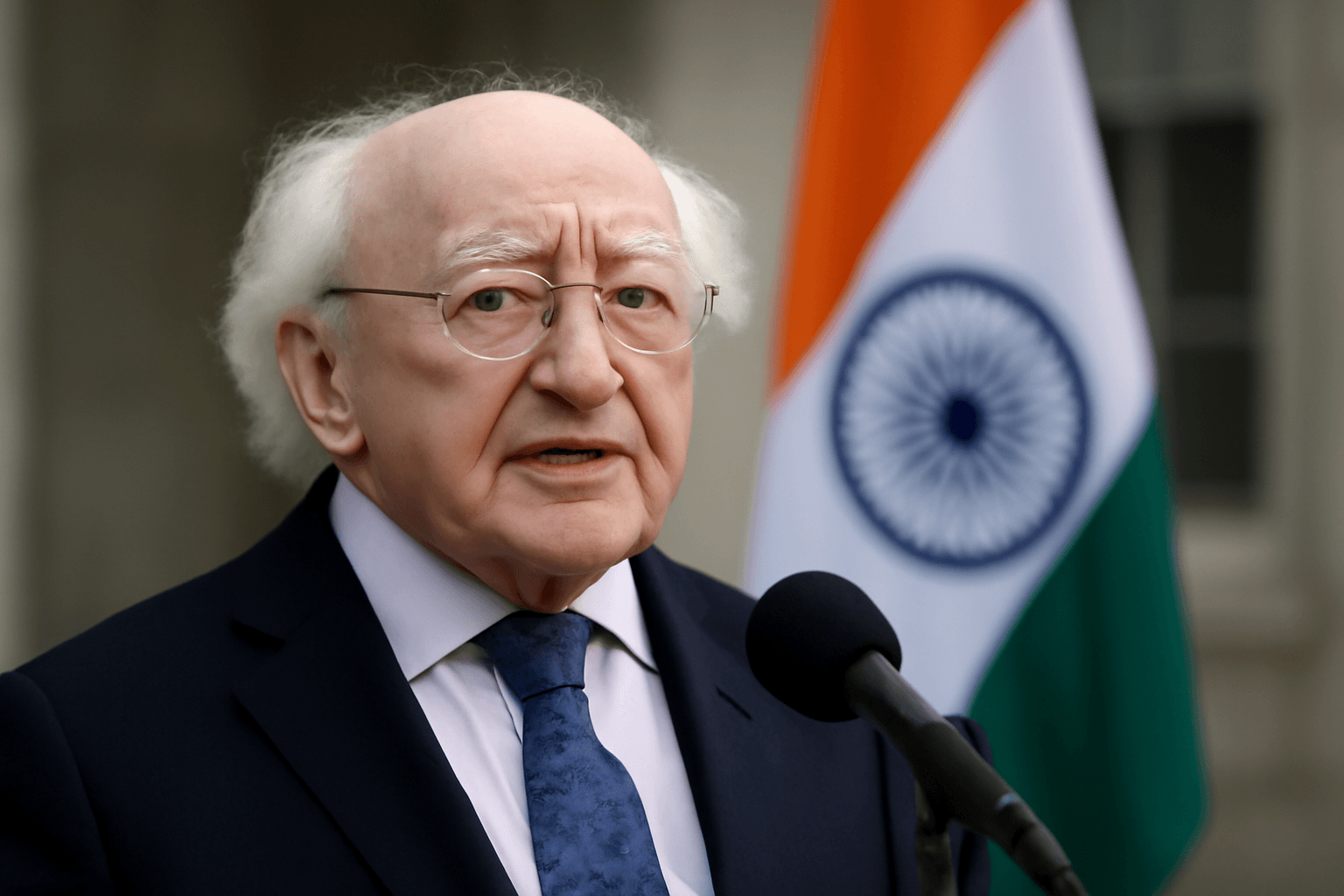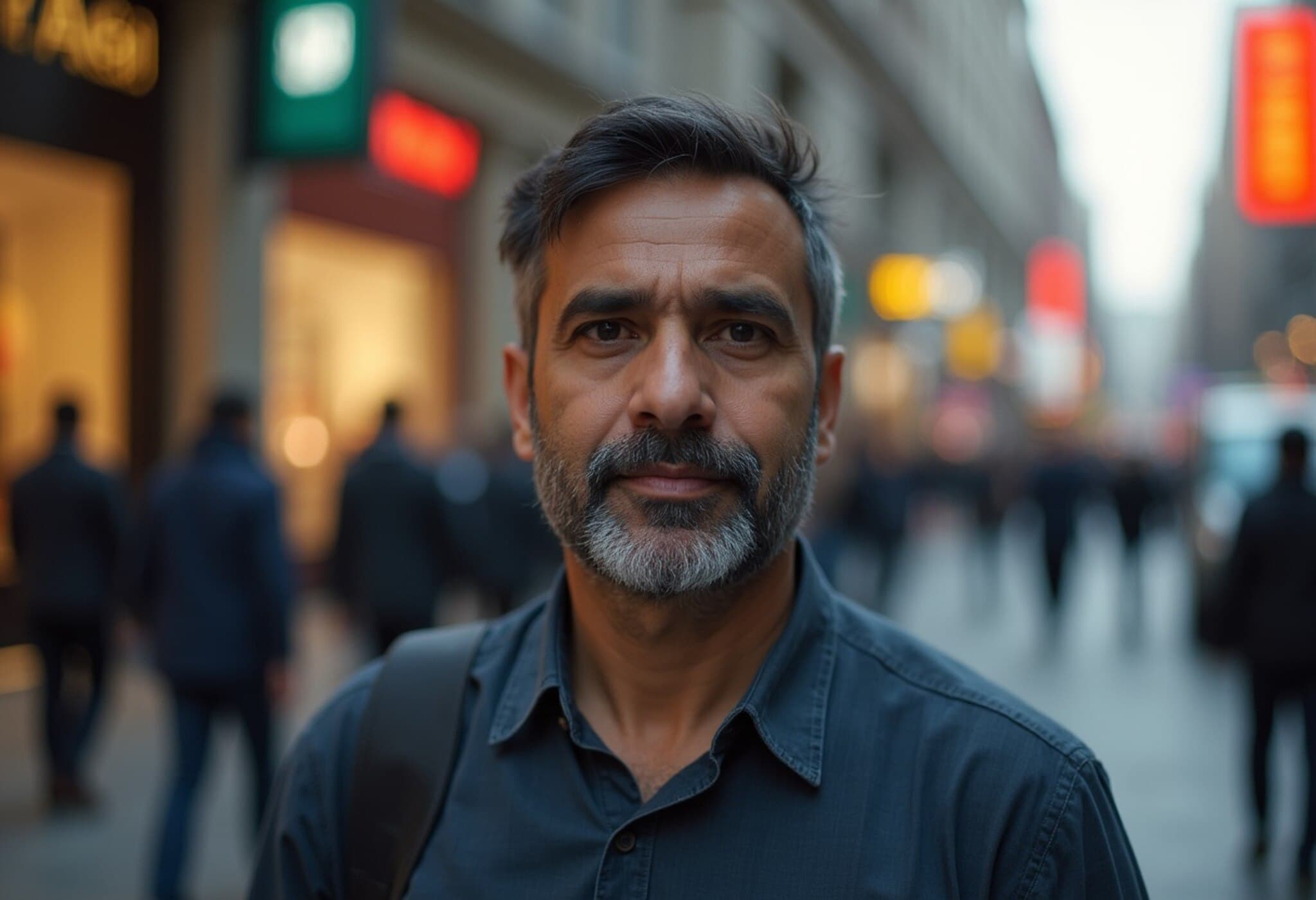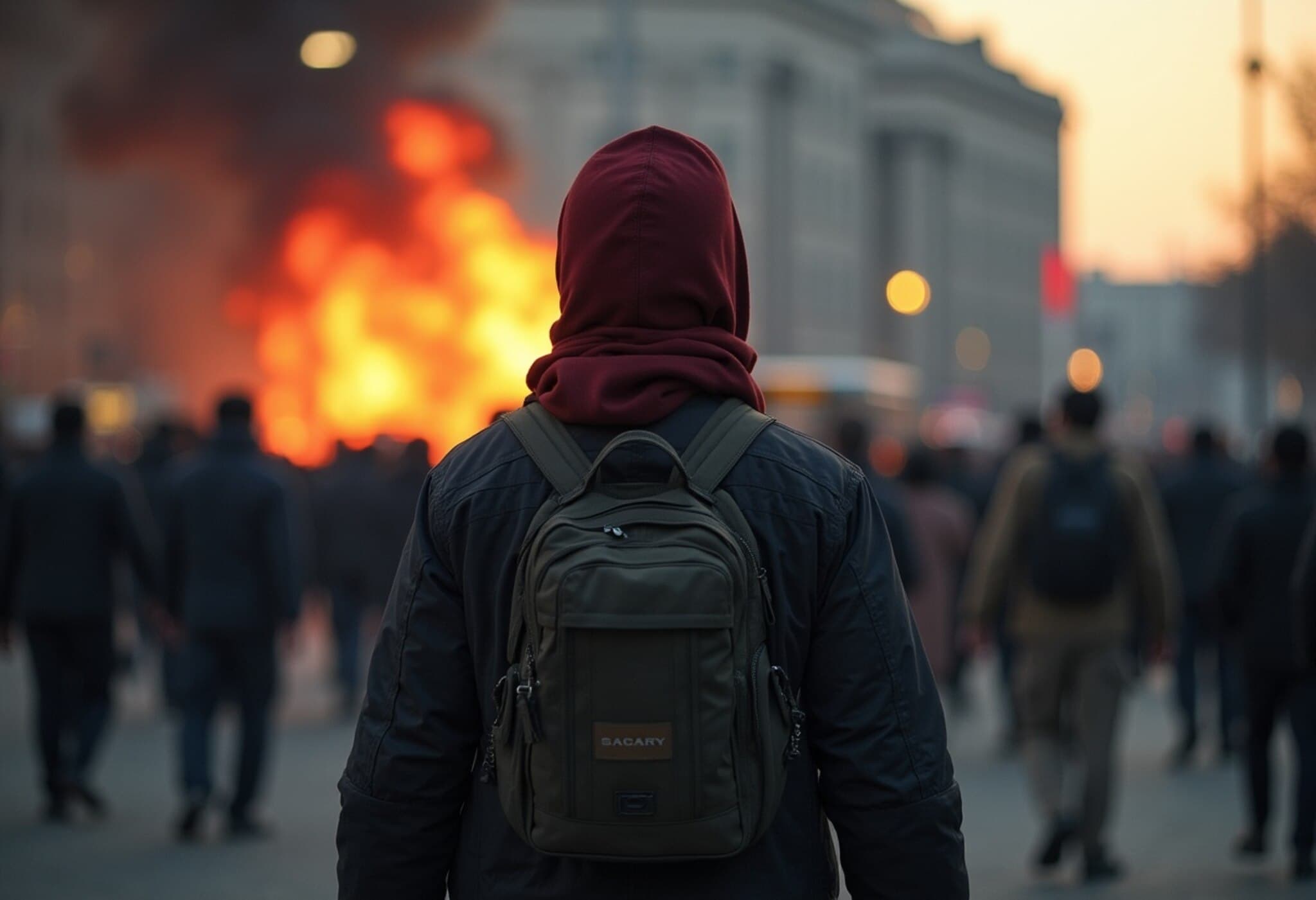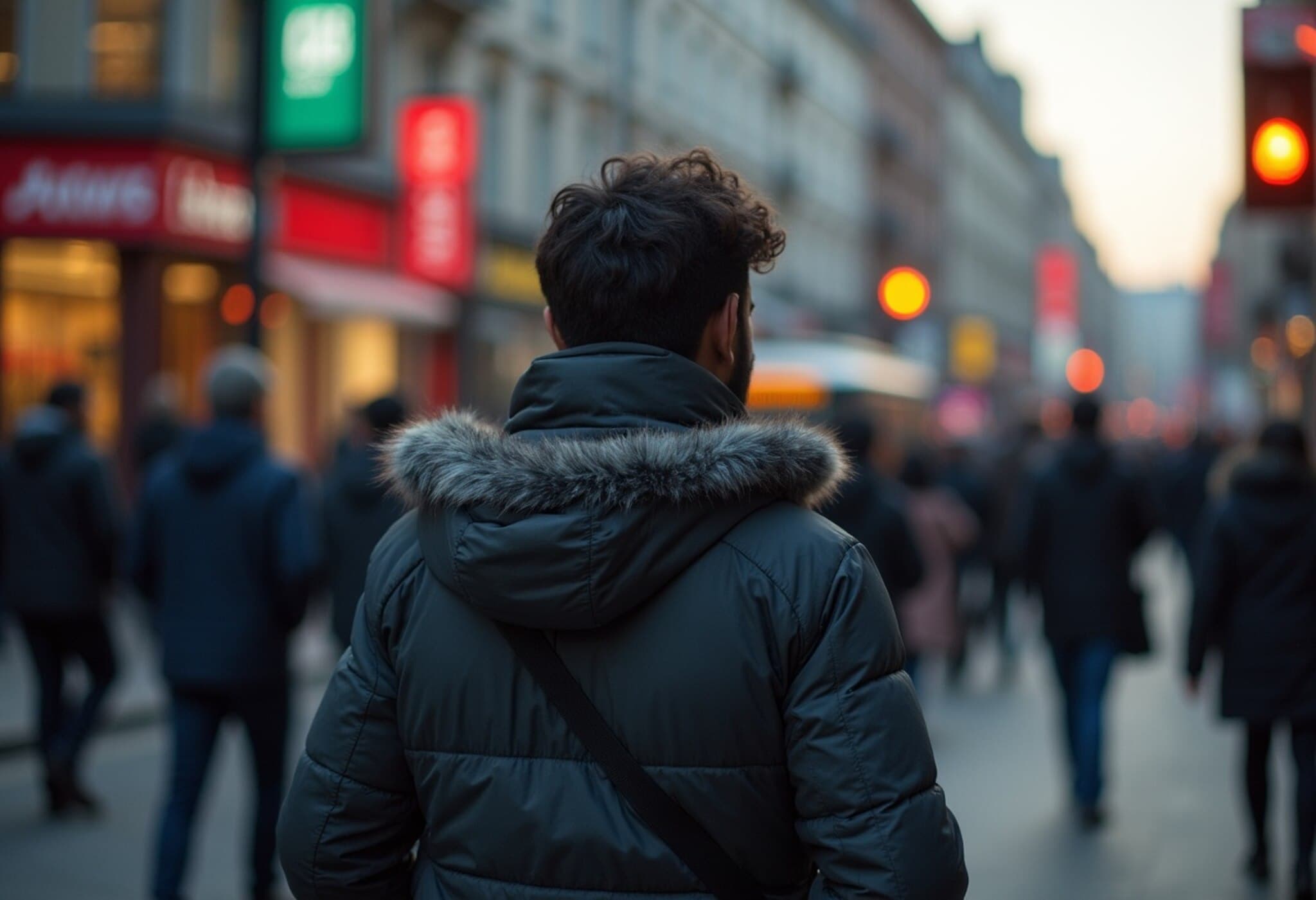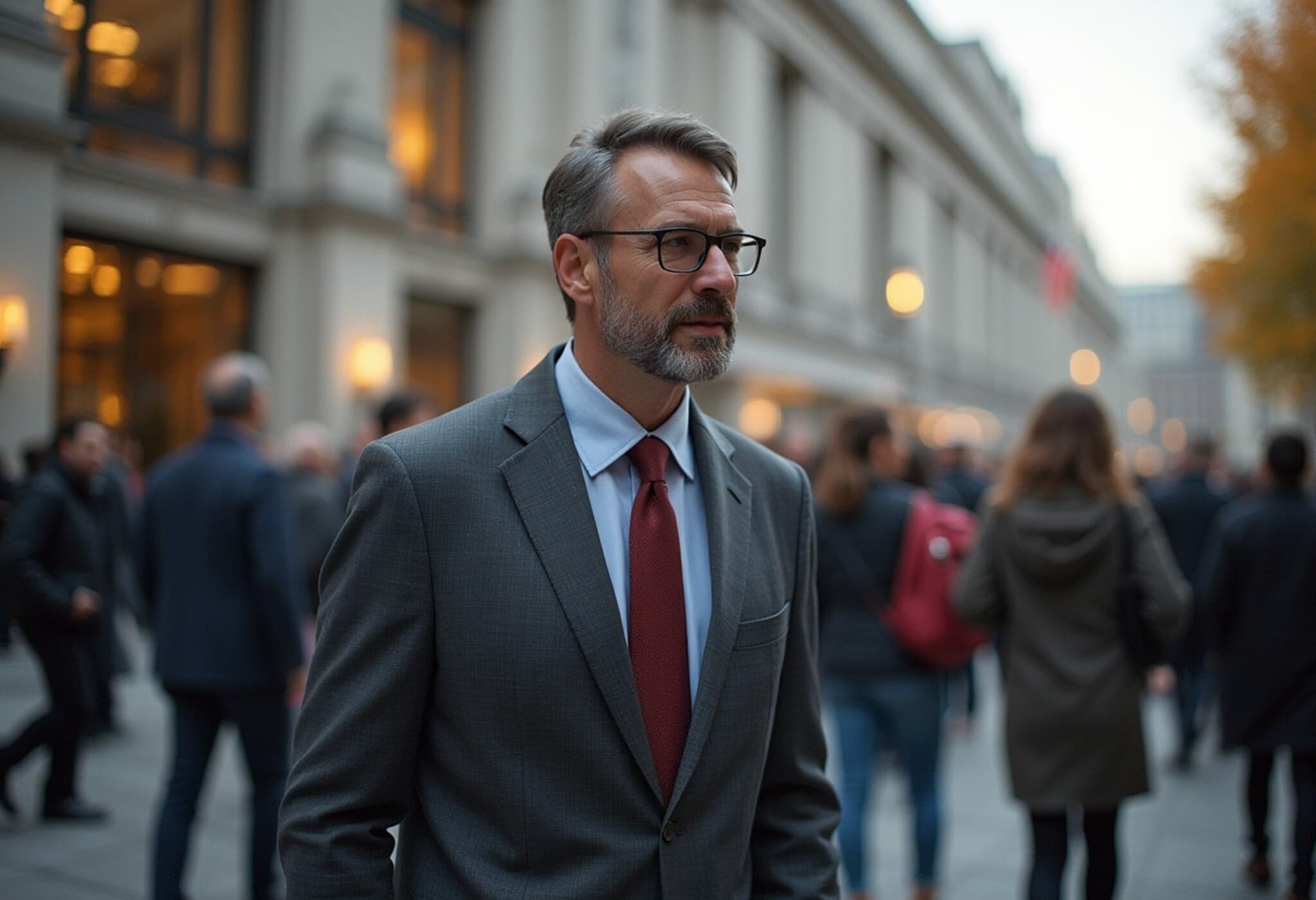Racist Hate Attacks Target Melbourne Hindu Temple and Asian Businesses
In a disturbing escalation of hate-motivated incidents, a Hindu temple along with several Asian-owned businesses in Melbourne’s eastern suburb of Boronia have been defaced with racist graffiti. Local police have launched an active investigation, treating these acts as interconnected hate crimes that have shaken the community.
The Shree Swaminarayan Temple, a vital spiritual sanctuary for Victoria’s Hindu population, was assaulted with inflammatory slogans including “Go home” painted in stark red across its walls. Nearby, two Asian-operated restaurants—Kingsland Chinese Restaurant and Charles King Dumpling—were similarly targeted, alongside a healing centre on Mountain Highway. The cumulative effect has intensified fears among ethnic minority groups regarding safety and acceptance in their own neighborhoods.
Community Leaders Condemn the Vandalism as an Attack on Identity
Makrand Bhagwat, President of the Hindu Council of Australia’s Victoria chapter, expressed profound sadness and alarm over the attacks. “Our temple is a place dedicated to peace and unity. To see it defaced this way is not just vandalism; it strikes at our very identity and freedom to practice our faith,” Bhagwat emphasized in a recent interview.
Victoria Police released a statement underscoring their commitment to addressing hate-based crimes with zero tolerance. “Racist behavior has no place whatsoever in our society,” they affirmed.
Victorian Premier Jacinta Allan extended personal support to the temple’s management, characterizing the attacks as “hateful, racist, and deeply disturbing,” highlighting how such acts aim to intimidate and marginalize entire communities rather than merely damage property.
Interfaith and multicultural organizations, such as the City of Greater Knox’s Multifaith Network, have rallied in solidarity, promoting messages of love over hate and emphasizing community resilience during such challenging times.
Related Incident: Brutal Racist Assault on Indian Man in Adelaide
This outbreak of racial hostility follows a harrowing incident in Adelaide where 23-year-old Indian man Charanpreet Singh was violently attacked after a parking dispute escalated into a racial slur-fueled assault. Singh reported being told to “f--- off, Indian” before being repeatedly punched until losing consciousness.
His injuries are severe, including brain trauma and facial fractures, underscoring the brutal nature of the attack. Authorities have arrested a 20-year-old suspect from Enfield, while others remain at large. Singh’s case has ignited calls for stronger protections against racially motivated violence in Australia.
Examining the Broader Context of Rising Hate Crimes in Australia
These linked hate incidents shine a spotlight on the broader challenges facing multicultural Australia amid a global surge in xenophobia. Experts warn that such acts, while isolated in appearance, contribute to systemic marginalization and fear among immigrant communities.
Australian legal scholars argue for enhanced hate crime legislation and community outreach programs aimed at fostering intercultural understanding and preventing radicalization. Ensuring the safety and dignity of all citizens regardless of ethnicity remains a pressing priority for policymakers and law enforcement alike.
What’s Next? Police Investigations and Community Healing Efforts
- Ongoing investigations: Victoria Police continue probing the graffiti vandalism, leveraging surveillance and community tips to identify perpetrators.
- Community engagement: Local leaders plan vigils and interfaith dialogues to rebuild trust and solidarity.
- Policy focus: Calls are growing for government-backed initiatives to combat hate crimes, including education programs in schools and workplaces.
These steps underscore a collective effort not only to punish hate crimes but to create a resilient and inclusive society where diversity is celebrated, not attacked.
Editor’s Note
The recent hateful defacement of the Shree Swaminarayan Temple and related attacks offer a sobering reminder that racism and xenophobia persist even in diverse societies like Australia. While these acts of vandalism and violence may shock and distress, they also open a crucial conversation about how communities and governments can work together to safeguard peace and pluralism.
For readers, this raises vital questions: How do we balance freedom of expression with protection against hate? What effective steps can be taken to support victims and prevent future incidents? And importantly, how can solidarity across faiths and cultures be deepened to reinforce our shared humanity?
As the legal and social frameworks evolve, staying informed and engaged remains critical. Combating hate requires more than prosecution—it demands empathy, education, and an unwavering commitment to justice.

